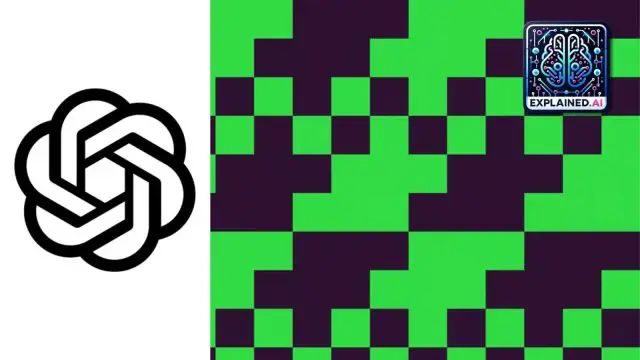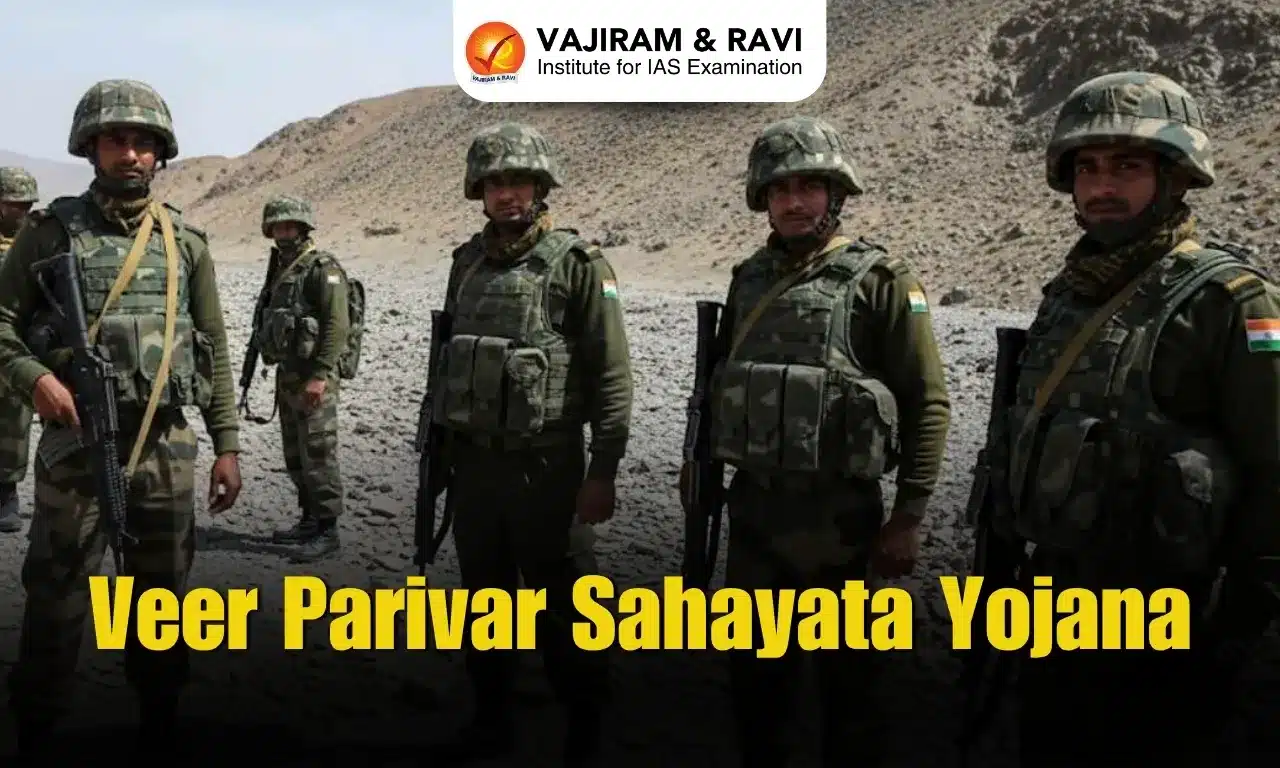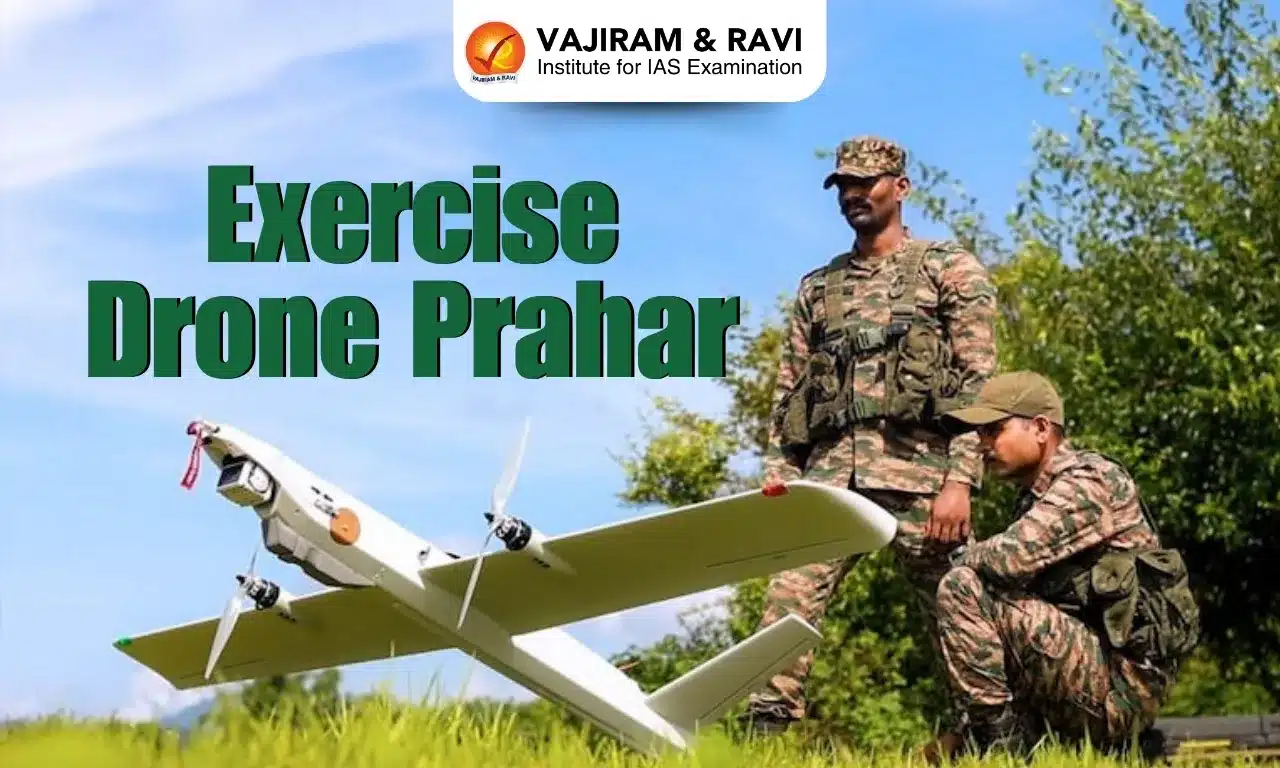About GPT-4 Vision
- It is also referred to as GPT-4V which allows users to instruct GPT-4 to analyse image inputs.
- It has been considered OpenAI’s step forward towards making its chatbot multimodal — an AI model with a combination of image, text, and audio as inputs.
- It allows users to upload an image as input and ask a question about it. This task is known as visual question answering (VQA).
- It is a Large Multimodal Model or LMM, which is essentially a model that is capable of taking information in multiple modalities like text and images or text and audio and generating responses based on it.
- Features
- It has capabilities such as processing visual content including photographs, screenshots, and documents. The latest iteration allows it to perform a slew of tasks such as identifying objects within images, and interpreting and analysing data displayed in graphs, charts, and other visualisations.
- It can also interpret handwritten and printed text contained within images. This is a significant leap in AI as it, in a way, bridges the gap between visual understanding and textual analysis.
- Potential Application fields
- It can be a handy tool for researchers, web developers, data analysts, and content creators. With its integration of advanced language modelling with visual capabilities, GPT-4 Vision can help in academic research, especially in interpreting historical documents and manuscripts.
- Developers can now write code for a website simply from a visual image of the design, which could even be a sketch. The model is capable of taking from a design on paper and creating code for a website.
- Data interpretation is another key area where the model can work wonders as the model lets one unlock insights based on visuals and graphics.
Q1: What are chatbots?
These are a computer program that simulates and processes human conversation (either written or spoken), allowing humans to interact with digital devices as if they were communicating with a real person.
Source: What is OpenAI’s GPT-4 Vision and how can it help you interpret images, charts?
Last updated on July, 2025
→ UPSC Notification 2025 was released on 22nd January 2025.
→ UPSC Prelims Result 2025 is out now for the CSE held on 25 May 2025.
→ UPSC Prelims Question Paper 2025 and Unofficial Prelims Answer Key 2025 are available now.
→ UPSC Calendar 2026 is released on 15th May, 2025.
→ The UPSC Vacancy 2025 were released 1129, out of which 979 were for UPSC CSE and remaining 150 are for UPSC IFoS.
→ UPSC Mains 2025 will be conducted on 22nd August 2025.
→ UPSC Prelims 2026 will be conducted on 24th May, 2026 & UPSC Mains 2026 will be conducted on 21st August 2026.
→ The UPSC Selection Process is of 3 stages-Prelims, Mains and Interview.
→ UPSC Result 2024 is released with latest UPSC Marksheet 2024. Check Now!
→ UPSC Toppers List 2024 is released now. Shakti Dubey is UPSC AIR 1 2024 Topper.
→ Also check Best IAS Coaching in Delhi















